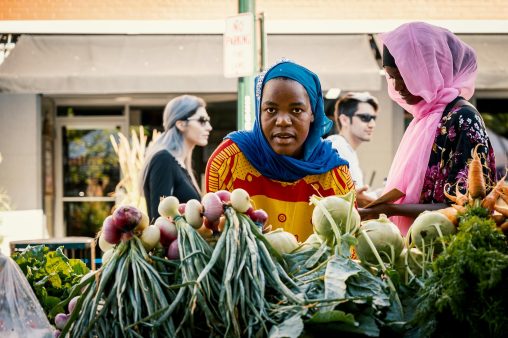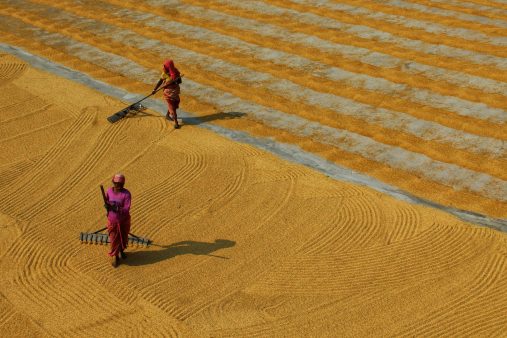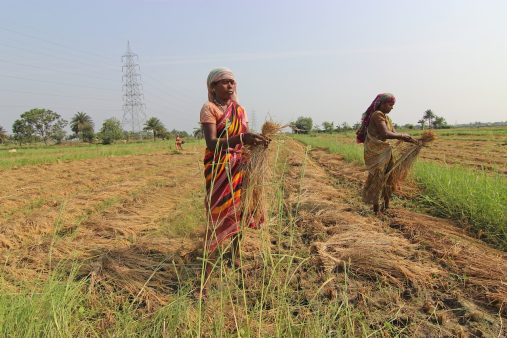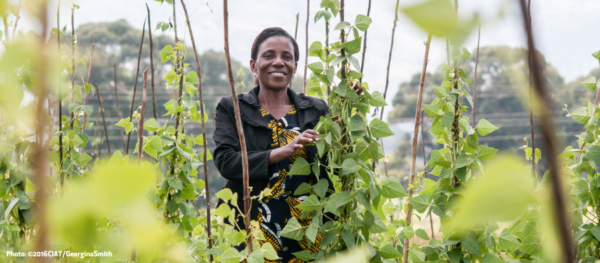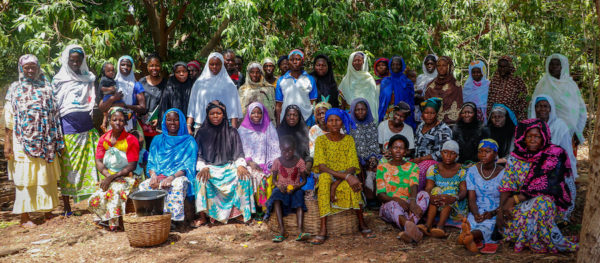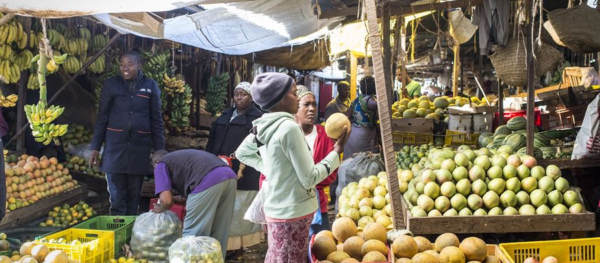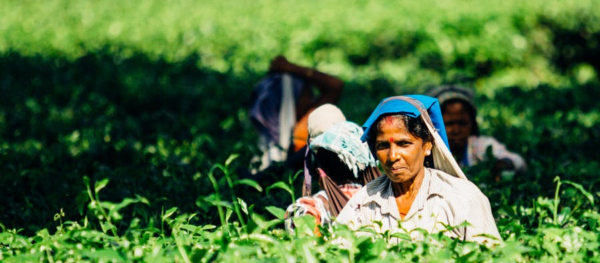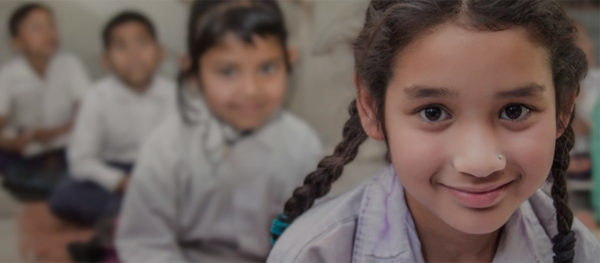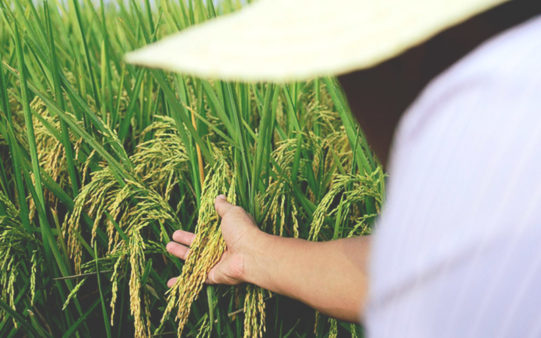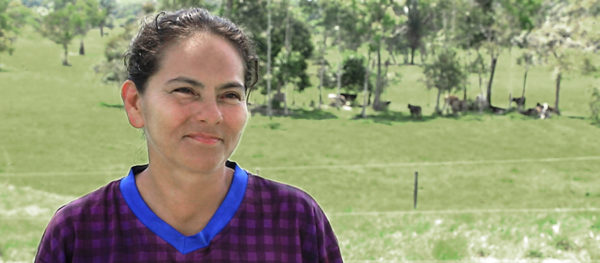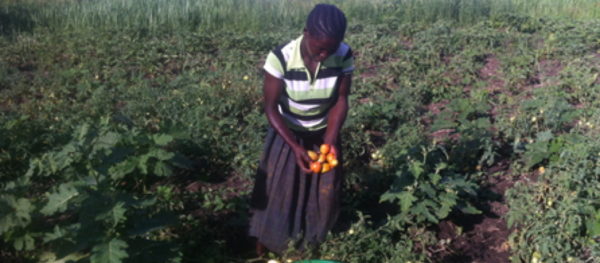Tag: gender

Women Agripreneurs Need Gender-Responsive Interventions
Global: Promoting women’s engagement in agribusiness can be an important factor in their empowerment. Learn how from a new CGIAR Gender Impact Platform evidence explainer.
Read MoreClimate Smart Agriculture Interventions Must Be Gender-Responsive
Africa & Middle East: Increasing women's participation in climate smart agriculture requires inclusion in decision-making and equal access to resources, research shows.
Read MoreEmpowering Women Farmers in India for Equal Opportunities and Growth
Asia: India's pivotal role in the G20, emphasizing women-led development, fosters inclusive growth and climate resilience towards global change.
Read MoreFour Priorities for Gender-Responsive Agricultural Policies
Africa & Middle East: Four key priorities for food systems' policy to better support women in Africa as the continent contends with the impacts of climate change and conflict.
Read MoreLocal People Hold the Key to Solving Burkina Faso’s Water Challenges
Africa & Middle East: Land other water resource management can help improve livelihoods and protect the environment.
Read MoreOne Planet Fellowship takes action to discover the next generation of African climate scientists in agriculture
Africa & Middle East: The One Planet Fellowship, a $20 million initiative dedicated to supporting research on climate change adaptation, is an academic mentoring scheme which aims to support Africa’s smallholder farmers in adapting to a changing climate.
Read MoreInequalities in Agriculture: A Threat to Sustainable Development
Africa & Middle East: The issues affecting our ability to deliver the Sustainable Development Goals (SDGs) and how to create a world that leaves no one behind.
Read MoreWomen as Key Agents of Change to Agriculture, Food and Nutrition
Africa & Middle East: Empowering women can improve agricultural practices, nutrition and food systems.
Read MoreYoung, Rural, and Female: Why Agriculture Needs Girls
Global: Investing in rural girls is critical for solving global hunger.
Read MoreGetting More Women into Science Can Help Solve our Food System’s Challenges Faster
Global: Encouraging women into agricultural research can help solve the world's food systems challenges faster.
Read MoreSustainable Pasture Practices Double Milk Production in Colombia
Latin America & the Caribbean: Adopting environmentally-friendly pasture management methods can help female dairy farmers to unlock a dormant cattle industry.
Read MoreHow Young Women Can Find Opportunities in African Agriculture
Africa & Middle East: Jennifer, a young Ugandan mother, faced bleak prospects after her husband passed away, but STRYDE has helped open up her agricultural opportunities.
Read More